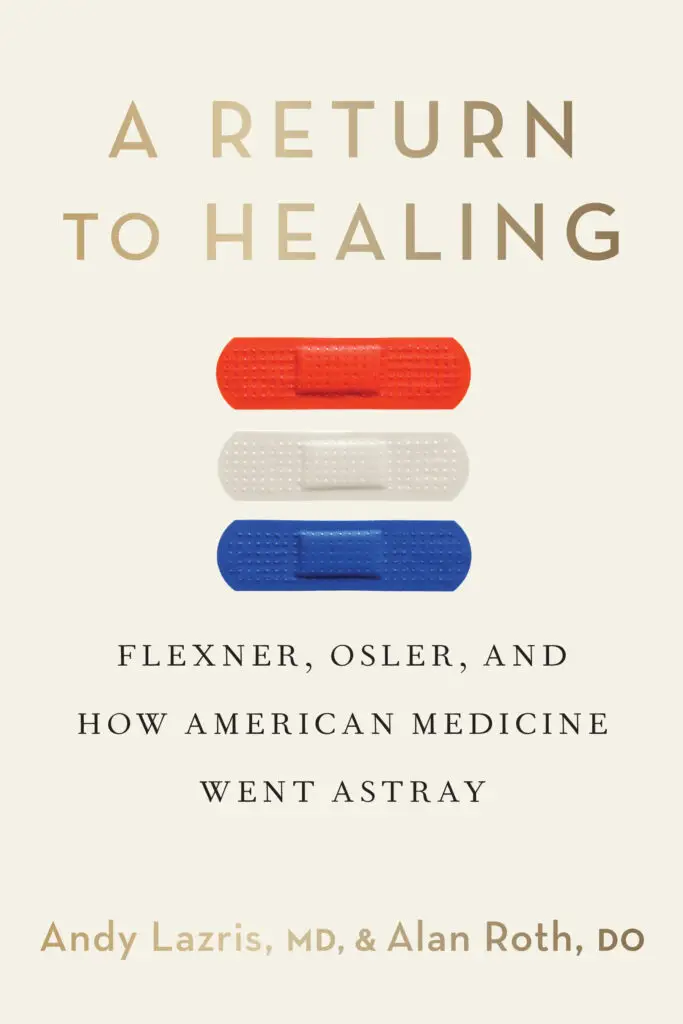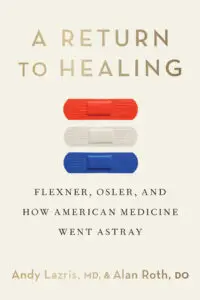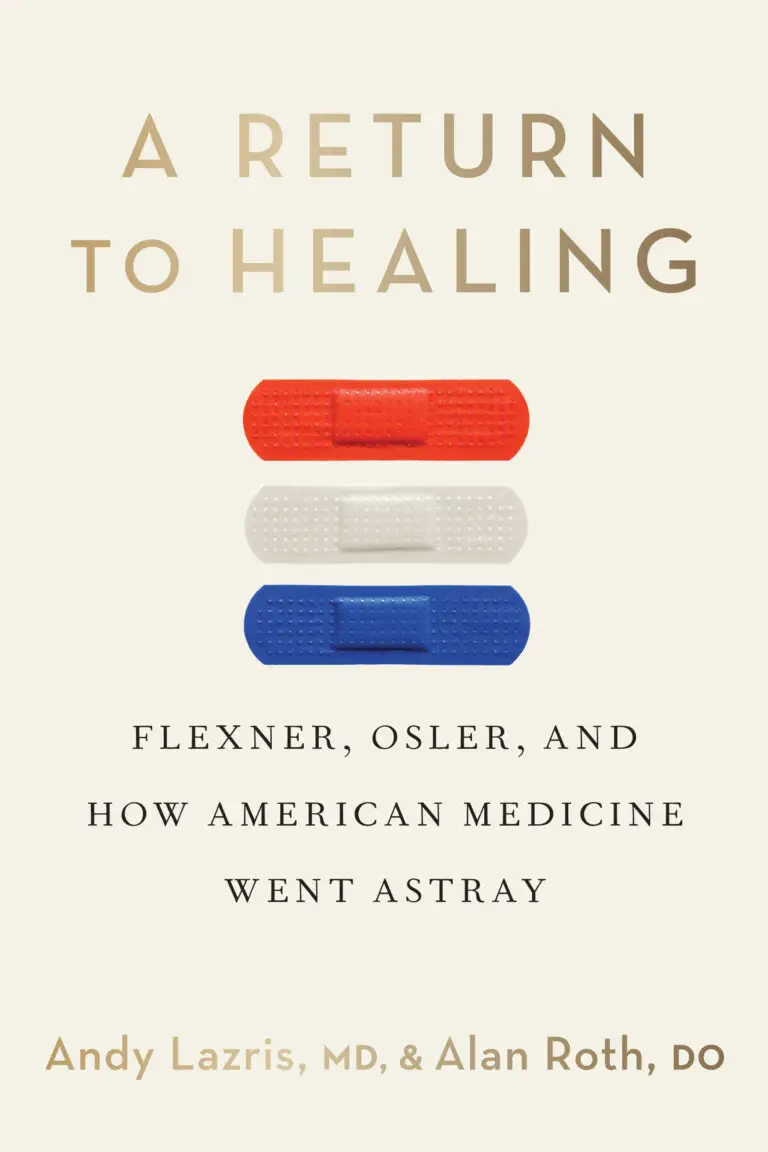Back pain is common—so is overtreatment. Learn what really works and what to avoid.
Low back pain treatment overuse is one of the most persistent problems in modern healthcare. From routine MRIs to epidural injections and surgeries, millions of patients undergo costly interventions that provide little long-term relief—and sometimes do more harm than good.
In this evidence-based article from American Family Physician, Drs. Andy Lazris and Alan Roth explore the overuse of interventional procedures for low back pain, offering a clearer, more compassionate approach for both clinicians and patients. The article is a call to rethink what works, what doesn’t, and what causes more harm than healing.
Low Back Pain Treatment Overuse: The Cost of Doing Too Much
Back pain affects up to 80% of adults at some point in their lives. Yet only 10% go on to develop chronic pain. Despite this, hundreds of thousands of patients each year undergo:
Unnecessary imaging (often within days of symptom onset)
Epidural injections with limited and short-term benefit
Spinal fusion surgeries, which cost $60K–$110K and fail to help most patients
Spinal surgery is now one of the most overused procedures in the U.S., with more than 1.2 million operations annually. Yet only 1 in 3 patients report long-term improvement, while another third feel worse after surgery.
The authors also highlight failed back surgery syndrome, a growing diagnosis where patients suffer chronic pain after undergoing spine operations—often leading to more procedures, more disability, and greater emotional and financial burden.
Why A Return to Healing Calls for Rethinking Back Pain Care
This article mirrors a core message in A Return to Healing: more care isn’t always better care. Effective treatment for back pain is often non-surgical and multidisciplinary, involving physical therapy, mindfulness, weight management, medication, and time.
Crucially, the piece advocates for shared decision-making—empowering patients with real data and honest guidance before they commit to invasive procedures that may do more harm than good.
If you’re dealing with chronic back pain or advising someone who is, this article offers clarity, compassion, and a healthier path forward.







